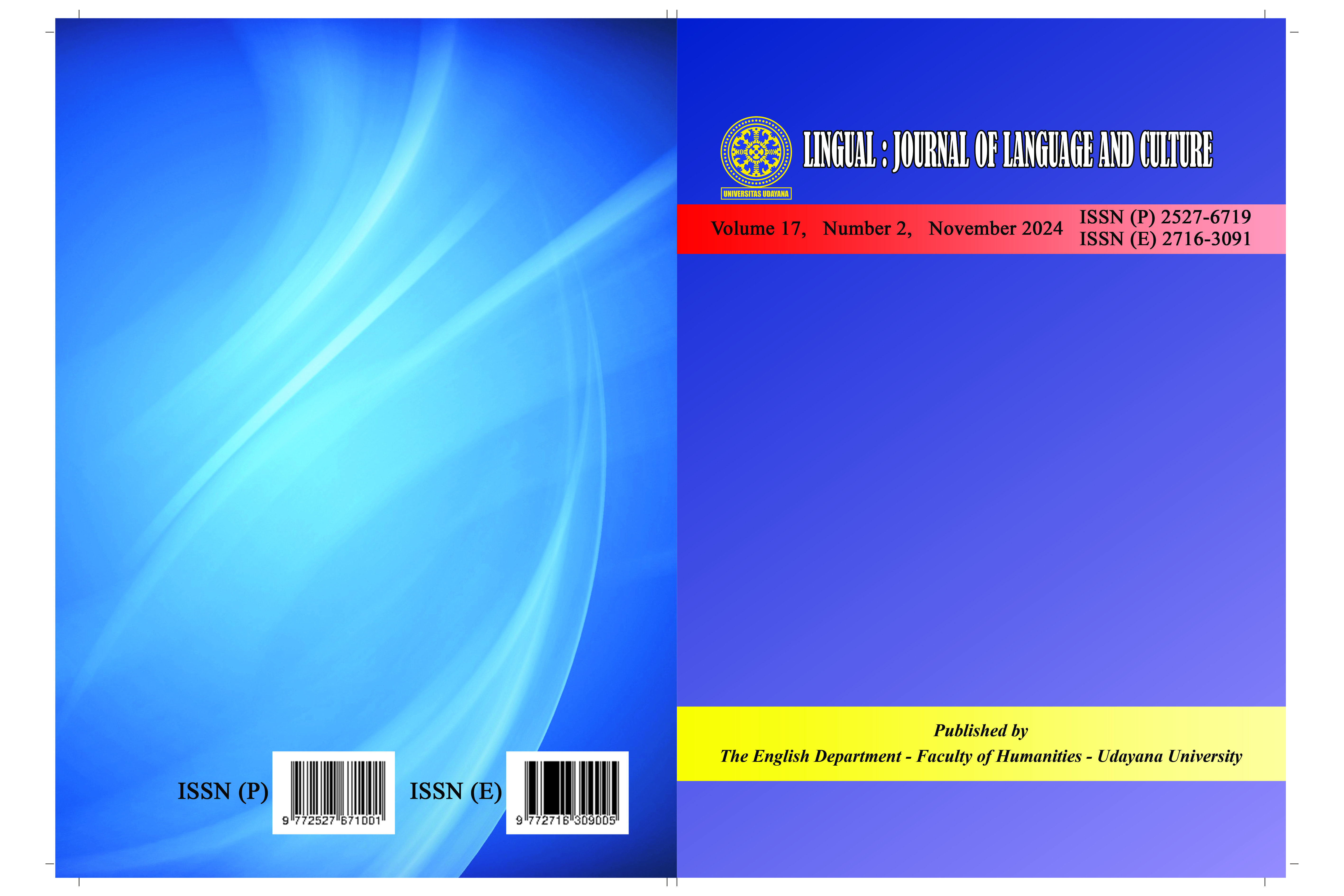Japanese Speech Acts and Politeness in Hospitality Services
Case Study of Hotel in Bali
Abstract
In the world of hospitality, staff provide service to guests through verbal communication. The purpose of this research is to determine the phenomenon of speech acts that are often used by hotel staff when communicating directly with Japanese guests. Conversation data is obtained through recording dialogue between hotel staff and guests when providing services. Data were analysed using Searle's (1969) speech act theory and Brown & Levinson's (1987) politeness theory. From the data analysis, it was known that in hotel services, direct voice is most widely used by hotel staff. Speech acts used by the staff are directive (50.9%) and expressive (25.4%) speech acts, assertive speech 21.8%, and commissive speech 1.8%. Judging from the principle of politeness, directive speech acts that were delivered directly by the hotel staff have the potential to threaten guests' faces. However, because hotel staff use teineigo (standard polite) form of Japanese, it can be said that the speech of hotel staff in Bali is relatively polite and safe (does not threaten the face) of guests and staff as service providers. Considering that body posture is also part of politeness in hotel guest service, this element needs to be studied further.












